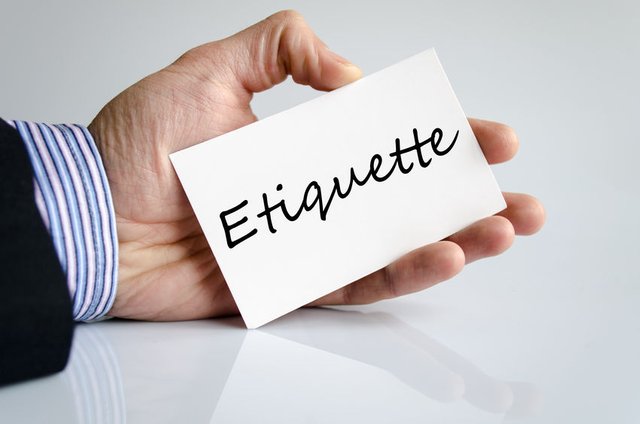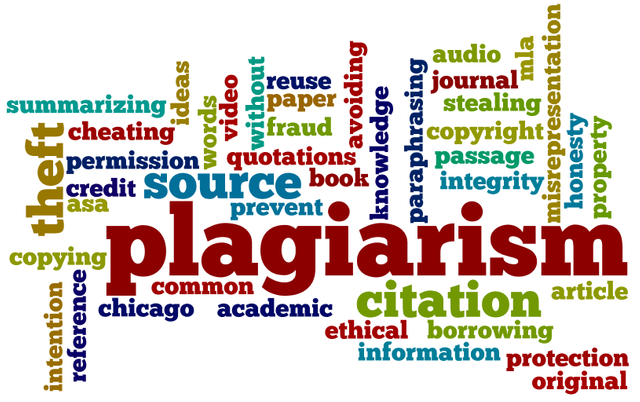Achievement 3 by @mala82 Task: Content Etiquette
Namaskar to All Steemians,
I think everyone is well by the blessing of God. I am Mala Chowdhury From Bangladesh . This is @mala82 and this is my submission post of the task for Achievement-3: Content Etiquette.
After verified achievement-1 and achievement-2 today I am going to complete my achievement task 3. It's about Content Etiquette.

( source link ) https://images.app.goo.gl/2z1uSGhKjuNMeP5M8
What is Plagiarism ?
Plagiarism is presenting someone else’s work or ideas as your own, with or without their consent, by incorporating it into your work without full acknowledgement. All published and unpublished material, whether in manuscript, printed or electronic form, is covered under this definition. Plagiarism may be intentional or reckless, or unintentional. Under the regulations for examinations, intentional or reckless plagiarism is a disciplinary offence. So to claim it as your own is nothing but sheer madness. And that's really disappointing to a creative creator.

Types of Plagiarism:
Plagiarism comes in many forms. I am discussing the most common plagiarism. These seven types of plagiarism are the most common:
1 Complete plagiarism.
2 Direct plagiarism.
3 Paraphrasing plagiarism.
4 Self-plagiarism.
5 Patchwork plagiarism.
6 Source-based plagiarism.
7 Accidental plagiarism.


1 Complete plagiarism:
This overt type of plagiarism occurs when a writer submits someone else’s work in their own name. Paying somebody to write a paper for you, then handing that paper in with your name on it, is an act of complete plagiarism—as is stealing or “borrowing” someone’s work and submitting it as your own.
2 Direct plagiarism:
Direct plagiarism is similar to complete plagiarism in that it, too, is the overt passing-off of another writer’s words as your own. The difference between the two is how much of the paper is plagiarized. With complete plagiarism, it’s the entire paper. With direct plagiarism, specific sections or paragraphs are included without crediting (or even acknowledging) the author.
3 Paraphrasing plagiarism:
Paraphrasing plagiarism is what happens when a writer reuses another’s work and changes a few words or phrases. It’s a common type of plagiarism, and many students don’t even realize it’s a form of plagiarism. But if you’re presenting someone else’s original idea in your writing without crediting them, even if you’re presenting it in your own words, it’s plagiarism.
4 Self-plagiarism:
You might be surprised to find out that you can plagiarize yourself.
How? After all, your original thoughts are your own to use as you please . . . right?
Yes, but with a caveat. Let’s say you wrote an essay about the pros and cons of changing your city’s zoning laws two years ago, and now you’re writing a research paper about how adopting certain zoning laws has impacted other cities in the past decade. Reusing content from your essay in your research paper would be an act of self-plagiarism. You can absolutely use the same sources and if you cite them properly, you don’t have to worry about being accused of plagiarism.
Self-plagiarism can be an issue if you write professionally. When you’re commissioned to write for a client, the client owns that work. Reusing your own words for subsequent clients is plagiarizing your own work and can damage your professional reputation (as well as make your clients look bad).
5 Patchwork plagiarism:
Also known as mosaic plagiarism, patchwork plagiarism refers to instances where plagiarized work is interwoven with the writer’s original work. This kind of plagiarism can be subtle and easy to miss, and it may happen in conjunction with direct plagiarism.
6 Source-based plagiarism:
Source-based plagiarism can be a tricky one to understand. With this kind of plagiarism, the writer might cite their sources correctly but present the sources in a misleading way.
7 Accidental plagiarism:
Accidental plagiarism is perhaps the most common type of plagiarism because it happens when the writer doesn’t realize they are plagiarizing another’s work.

"I have read the steemit community etiquette and understand it. I will try to maintain it and will do my best to embrace them "
Thank you so much for your patience in reading my content about plagiarism.
My Achievement-1 Verified/R2 link: https://steemit.com/hive-172186/@mala82/my-first-introduction-post-achievement-1
My Achievement-2 Verified/R2 link: https://steemit.com/hive-172186/@mala82/2a7pbt-achievement-2-basic-security-on-steemit-by-mala82